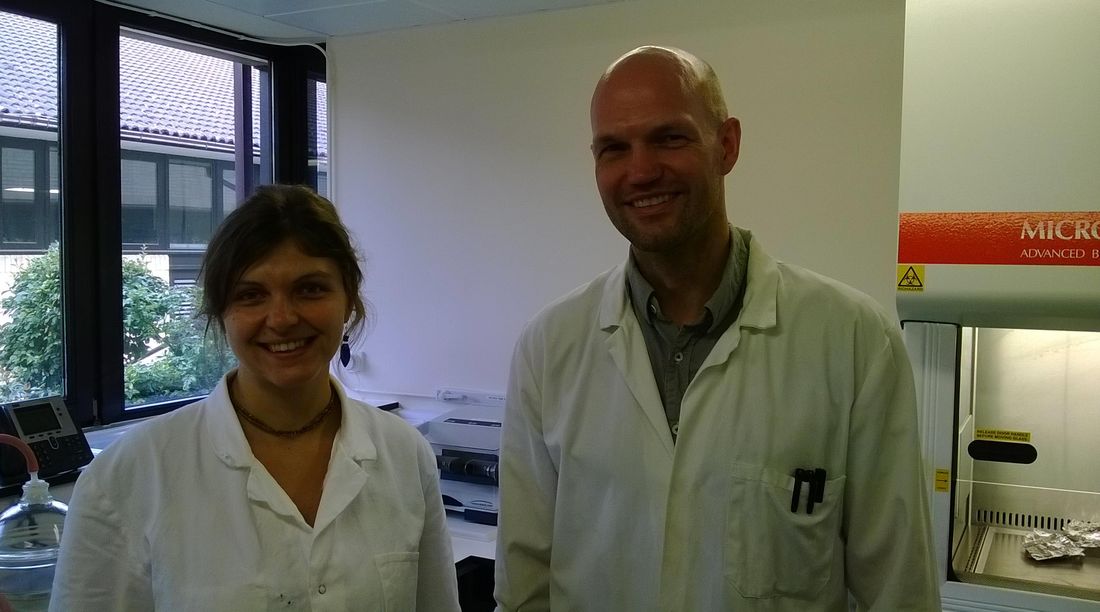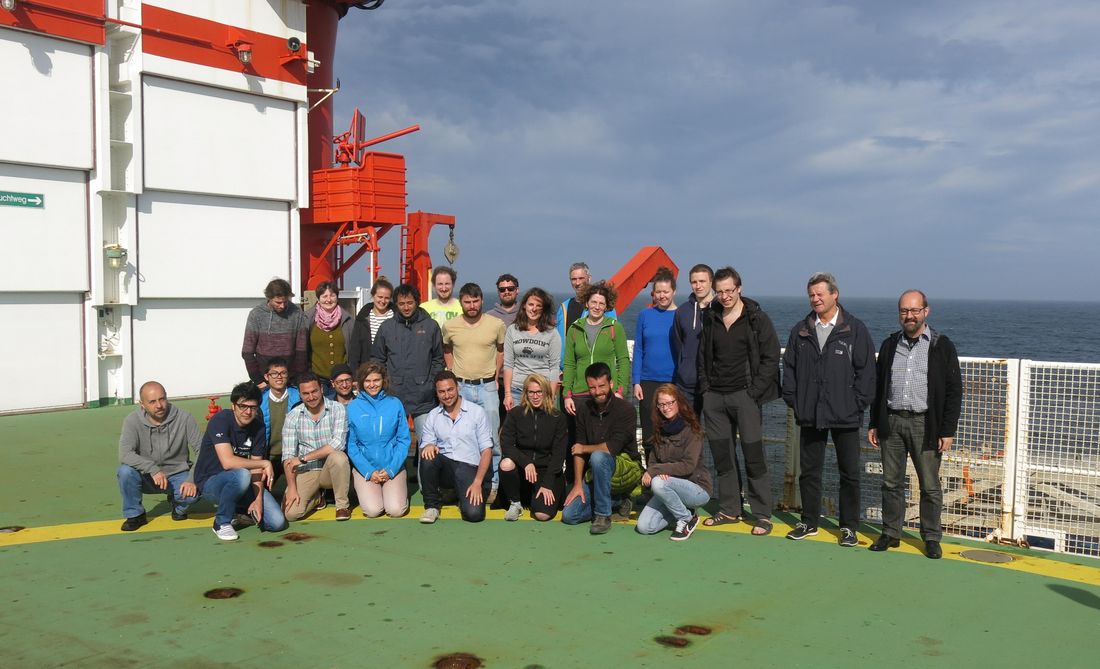Tamara gained new insight into the environmental history of Potter Peninsula and participated in a POLMAR training cruise on RV Polarstern
This period of 8 months was amazing for me! I learned a lot from very experienced scientists in Bremerhaven (AWI) and Oldenburg (ICBM), and together we advanced in the knowledge of the geophysics of the marine environment in Potter Cove and Maxwell Bay (South Shetland Islands). In particular, we as geochemists and marine geologists wanted to differentiate the areas affected by open-sea wave sedimentation from those who are influenced by melt water sedimentation. This background is very important for our friends the biologists, because sedimentation influences on the ecology of the marine substrate. For this purpose, we performed geochemical analysis in sediments and water on several samples. After several days of sample analysis in the laboratories of AWI and ICBM, fortunately, we succeeded!! Our study matches the previous published circulation models based on bathymetry and wind conditions. Applying this geochemical model, we also could figure out what happened in Potter Cove during the period between 7500 and 7200 before present. We discovered that the glacier did not advanced through the cove, but the marine area upraised due to a process called “glacio-isostatic-adjustment” which is based on the fact that in times of warmer climate, ice caps melt and the pressure on the land below them decreases. As a consequence the underneath earth crust starts rising.
I also visited Stephen Roberts at British Antarctic Survey in Cambridge (UK). We have jointly collected some lake cores on Potter Peninsula in 2011. These cores could not yet be dated, because the organic carbon content was so low that C14 measurements were not possible. Now we were lucky with new techniques using Pb 210 measurements at ICBM to do the chronology. It is so exciting! We found out that the current lake is not older than 300 years and, together with a core scanning technique (ITRAX) which Steve performed in New Castle University, we found cyclic signals in sedimentation patterns that relate to climate variability. This is very interesting… imagine if we can understand how the climate cycles such as El Niño or the “Southern Annular Mode” acted during the last 150 years in this part of Antarctica! We are still discussing the results but we hope to publish them very soon!
I also learned a lot in the Parasound echosounder training course performed by Gerhard Kuhn from AWI, our WP5 leader and one of my PhD co-supervisors, on board the Research Vessel Polarstern during the beginning of May. The cruise started from Las Islas Canarias (yes, a lot of sun!!!) and it ended in Bremerhaven, Germany. This geophysical technique is useful to interpret shallow and deep sea sedimentary structures. We learned how to operate the system and interpret the data. We had to keep watch, and some shifts were in the middle of the night! Fortunately, I had nice mates and we mixed duties with good music!!!




